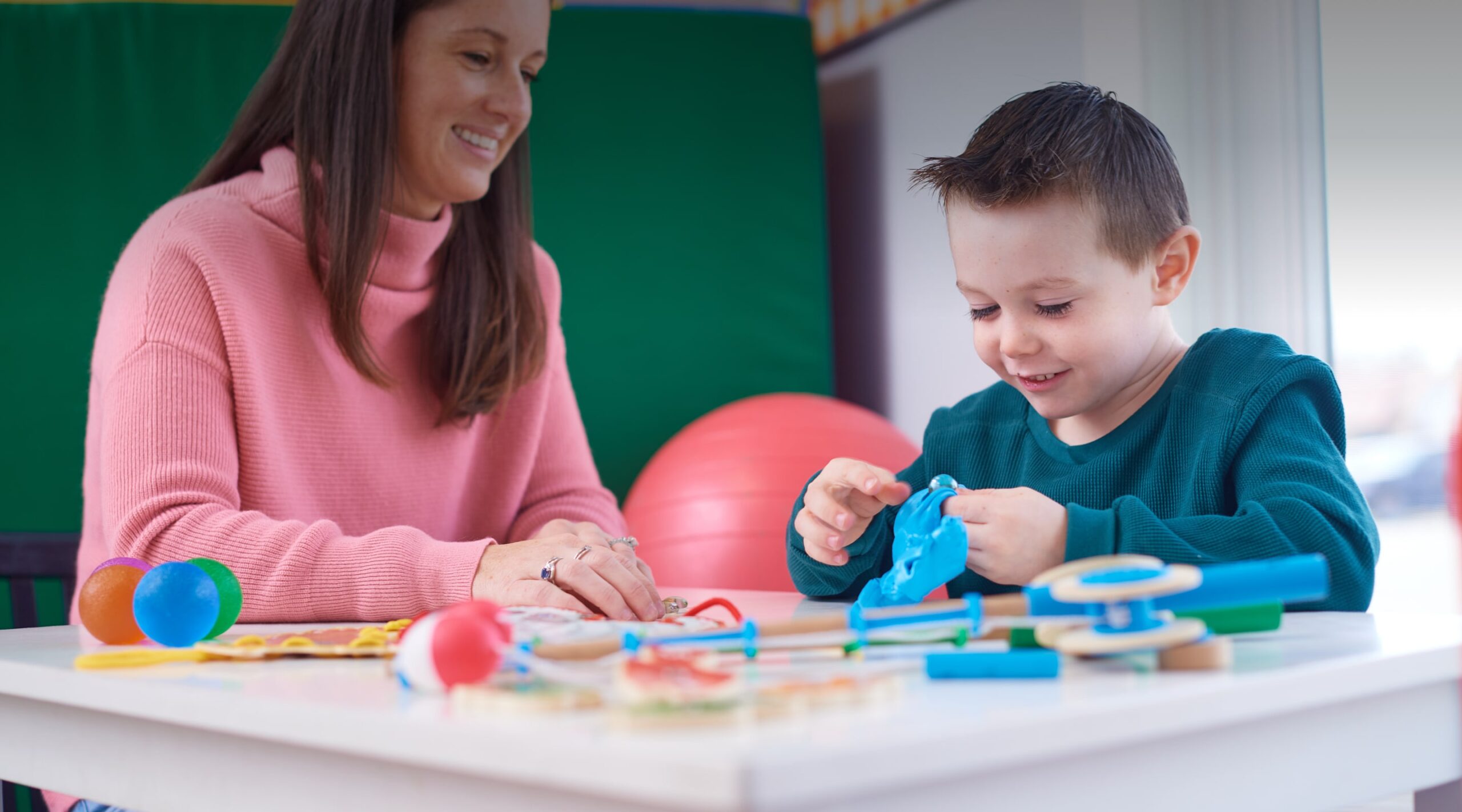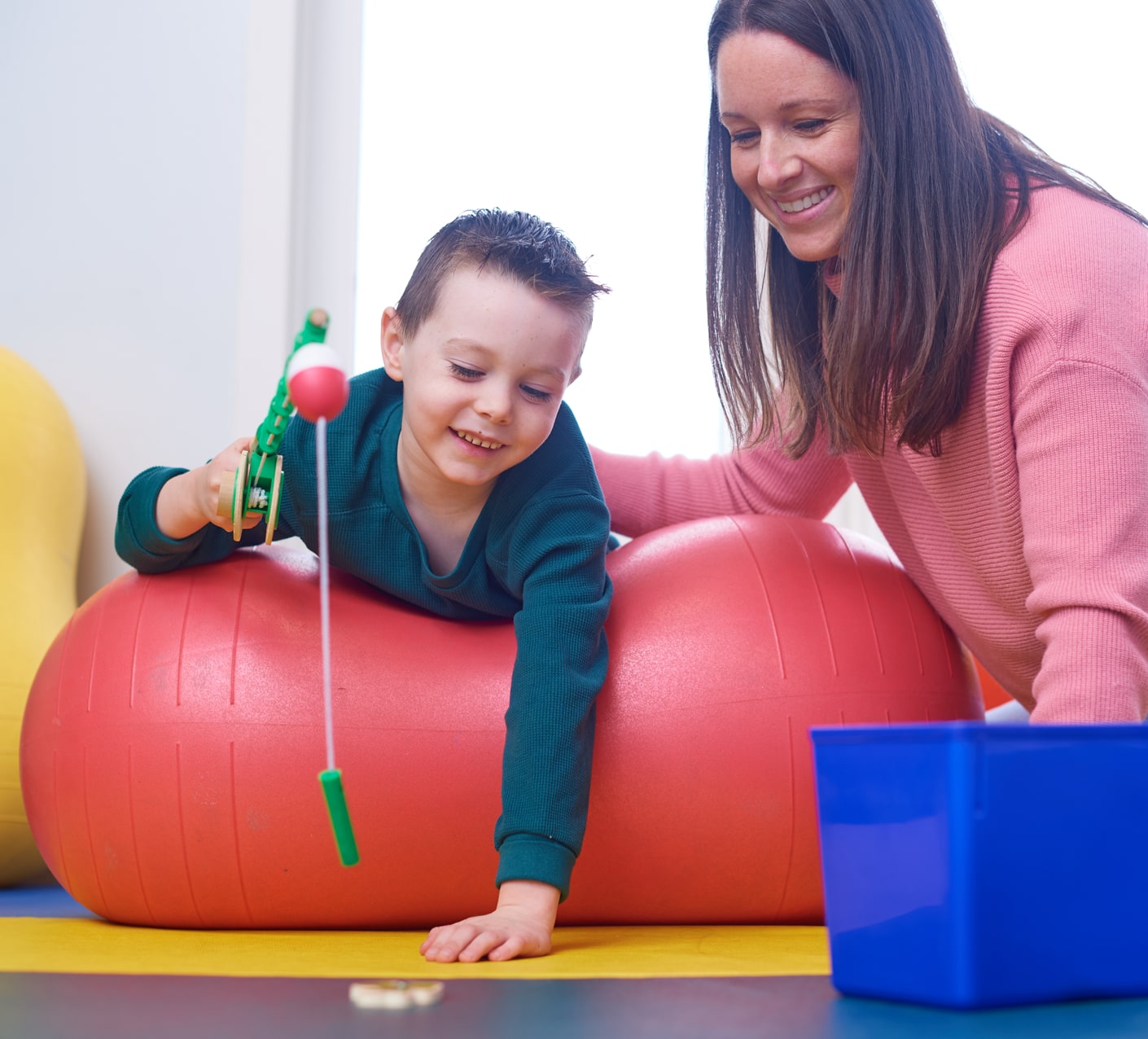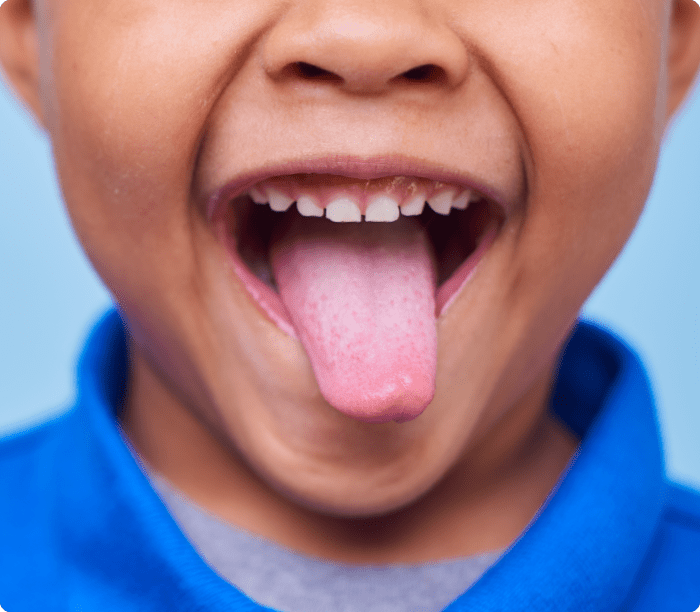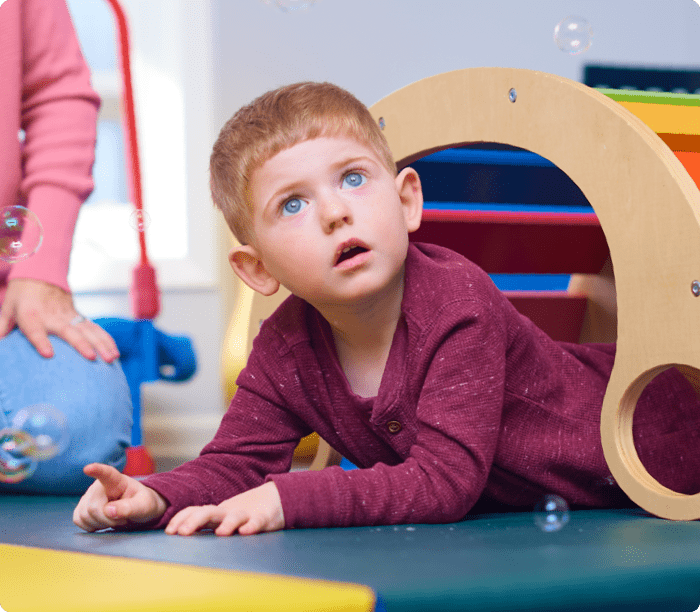
Increasing self-efficiency for better days ahead

The empowerment of success
Signs & Symptoms
Addressing the tasks at hand
- Overreaction to touch, taste, sounds, or smells
- Under-sensitivity to senses, resulting in seeking sensations by touching everything
- Problems with balance or posture
- Developmental delays, such as not sitting, crawling, or walking
- Delayed communication and speaking
- Not learning at an age-appropriate level
- Issues with fine and gross motor skills
- Difficulty with breast or bottle feeding
- Avoidance of eye contact and social interaction
- Problems coping at school
- Frequent meltdowns
- Sleeping issues
Possible diagnoses
Getting to the root of the symptoms
- Sensory processing disorder
- Developmental delays
- Autism spectrum disorder
- Hypotonicity
- Dysgraphia
- Delayed motor skills
- ADHD/ADD
- Down syndrome
- Cerebral palsy

The supportive path forward
Frequently asked questions related to speech therapy
Occupational therapy (OT) is the practice of evaluation and treatment to improve a patient’s ability to complete their daily activities (occupations) as independently as possible.
Pediatric OT is the evaluation and treatment of children in order to improve their independence and participation in their daily activities including play, school, dressing, handwriting, social interaction, and sleep.
Proprioception is the body’s ability to sense its location, movement, and actions. It’s another one of our senses and allows our bodies to feel input through the joints and relays a message to our brain about where that input is located and how much pressure is being felt.
The vestibular system is our movement sense. This is how our body accepts and interprets any type of movement such as swinging, walking, sliding, and rolling. The vestibular system helps us maintain our balance and posture in response to our body moving.
When typical, everyday activities, including transitions from one activity to the next, are frequently difficult or result in meltdowns. A child with sensory processing difficulty may appear to over-respond to most stimuli in their day, or they can appear under-responsive to stimuli.
A child will require a formal assessment from a neurodevelopmental pediatrician in order to rule out a true diagnosis. An OT evaluation can provide more information, including a treatment plan with weekly therapy.
This can be a typical response for some children. To identify whether it is typical or it could indicate a difficulty with sensory processing skills, you can observe their response to getting their hands messy. If they can wipe their hands off and carry on with what they were doing, then that is typical. If they’re going into a meltdown and cannot move forward until their hands are clean, then this could indicate that it may be a sensory issue. Although, typically, a sensory issue involves more than just one specific sensitivity.
Typically, when a baby this young is receiving OT, it is to assist with breathing and feeding. Babies who spent time in the NICU may need OT in order to provide age-appropriate sensory input to help with positioning, range of motion, latching, self-regulation, and social and emotional bonding. Babies who are born with a physical condition may begin OT this early to work on meeting developmental milestones.
Formal testing using standardized assessments will be used to assess fine motor precision and integration (including grasp), manual dexterity and upper limb coordination, visual motor skills, and gross motor skills. A sensory profile can also be completed with the help of the child’s parents/caregivers to determine how a child responds to everyday sensory input. Clinical observation is always incorporated in the testing/assessment portion as well.
Your child’s evaluation will be completed during the first session. It will include fun and functional activities and tasks that specifically pertain to the skills the child needs help establishing. Clinical observation is usually carried over into the first session to get the best understanding of where each child is developmentally. Common activities during OT sessions include obstacle courses, puzzles, coloring, writing, and sensory bins.
Our thorough evaluation takes about 45 minutes to complete.
Some of the results will be discussed by the end of the evaluation. For the formal testing, the scores will need to be calculated and scored meticulously, and these results will be relayed at the first therapy session, usually the following week.
Occupational therapists are required to have a master’s degree, which includes six full months of clinicals. At Trestle, our OTs are board-certified by the American Occupational Therapy Association (AOTA) and have pediatric experience.
The length of therapy sessions is dependent on the child’s needs and established plan of care, but usually are about 45 minutes long, give or take.
Fine motor skills involve coordination and strength in small muscles in the hands to complete tasks such as writing, eating, and playing.
Sensory integration therapy is a specific type of OT that focuses on treating sensory processing skills in order to regulate the sensory system and improve patients’ ability to participate in daily activities. This therapy includes creating unique and specific home programs of sensory diets in order to gain or maintain regulation each day.
Sensory processing disorder, developmental delays, autism spectrum disorder, hypotonicity, dysgraphia, motor delays, ADHD/ADD, and cerebral palsy.
Trestle does not specialize in rehabilitation, specifically after trauma, stroke or injury, but our therapy is more specific to pediatric delays and disorders. We do not use RAs or OTAs, as we want to ensure the highest quality of services and only hire therapists with master’s degrees and several years of professional experience to treat your child.


